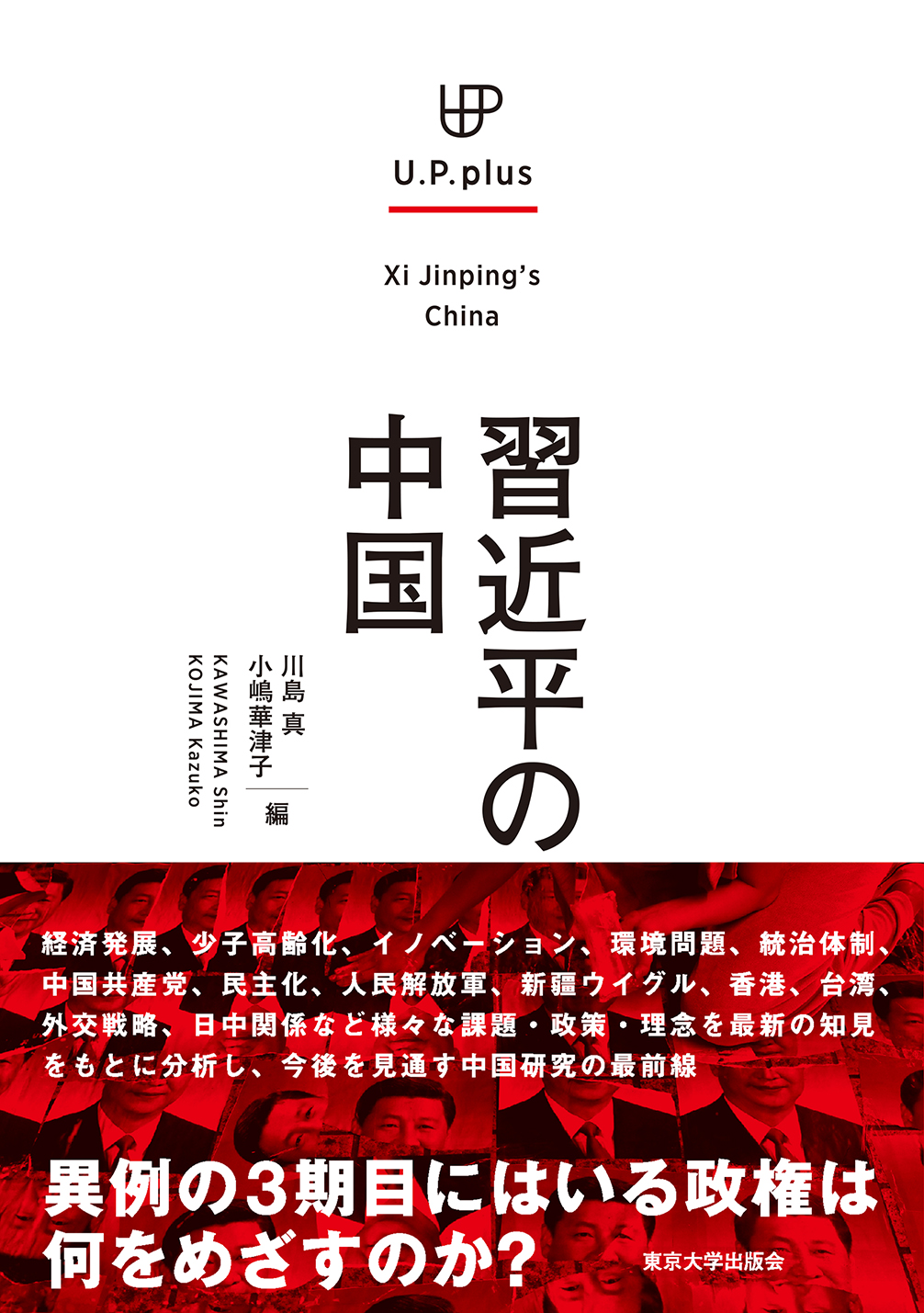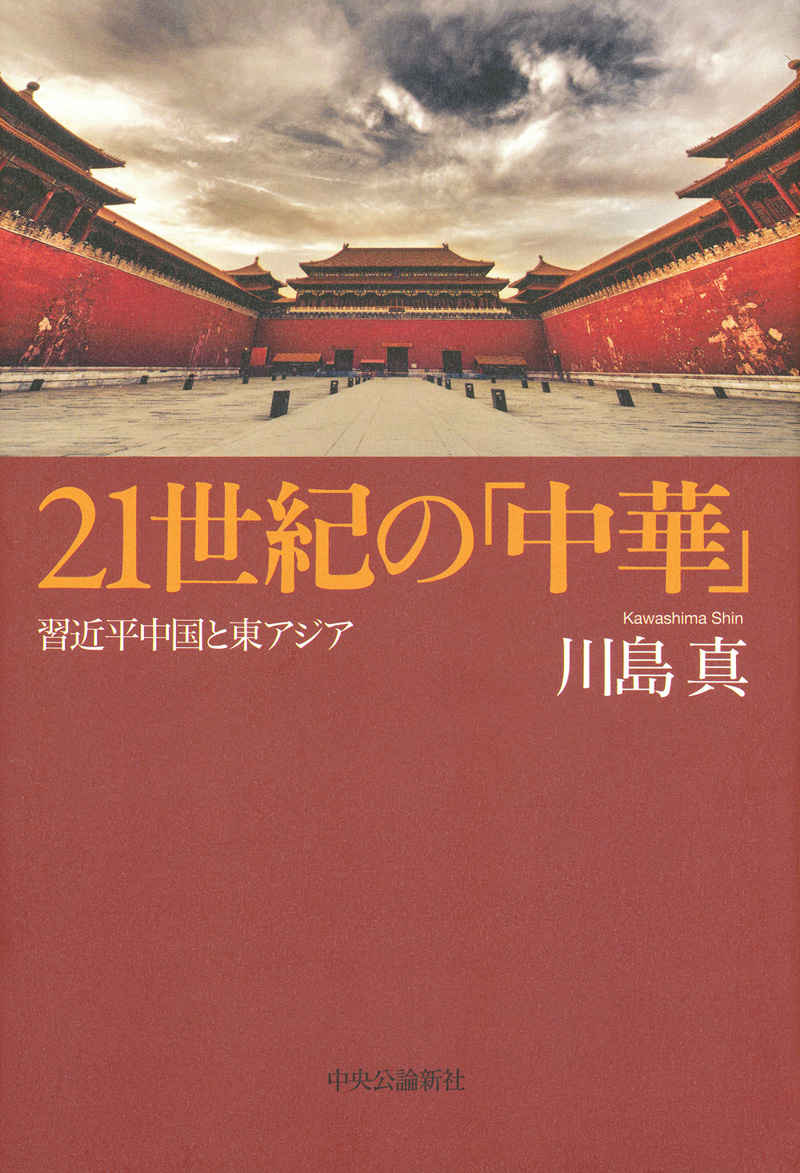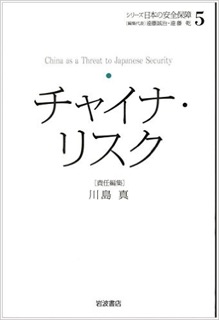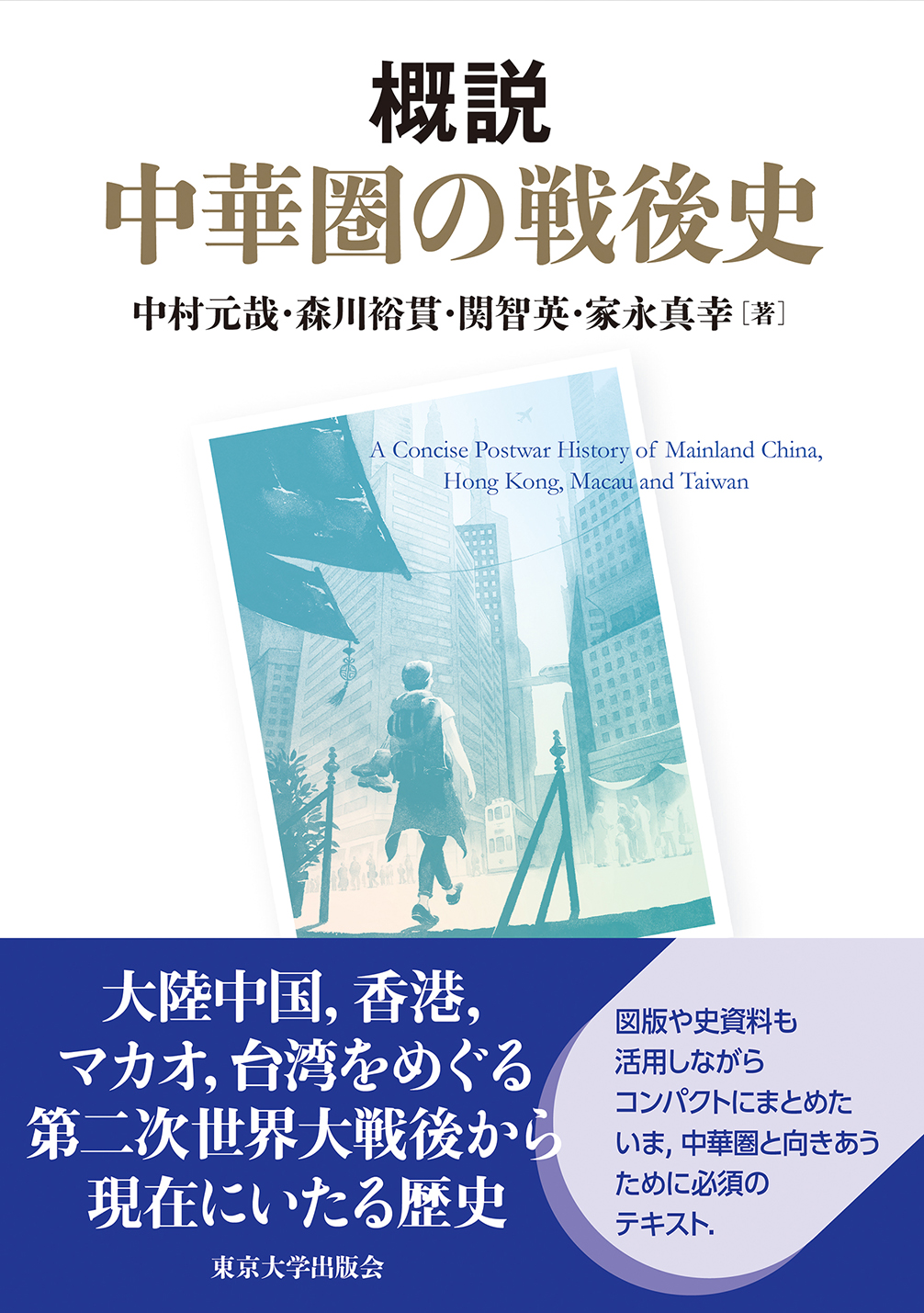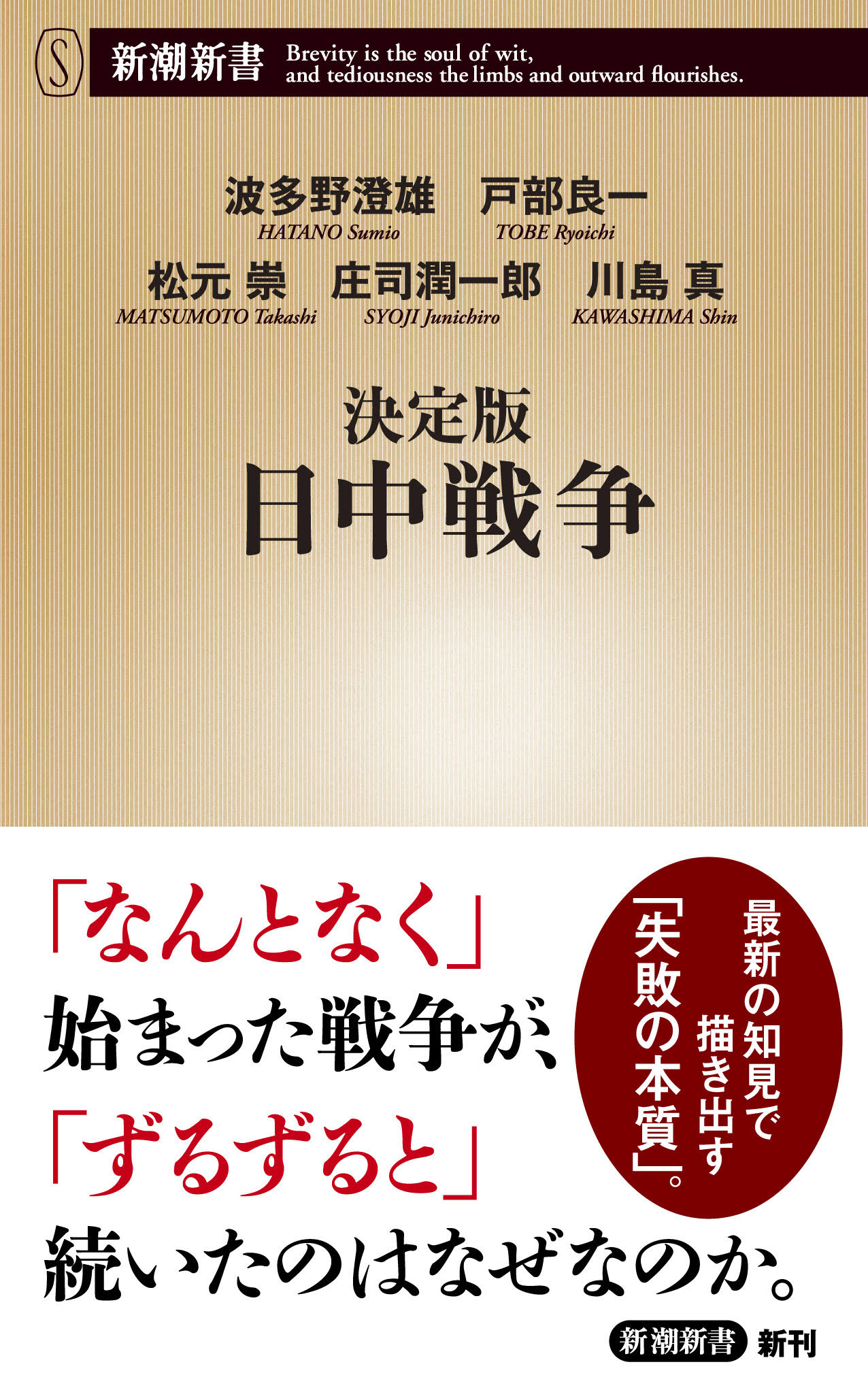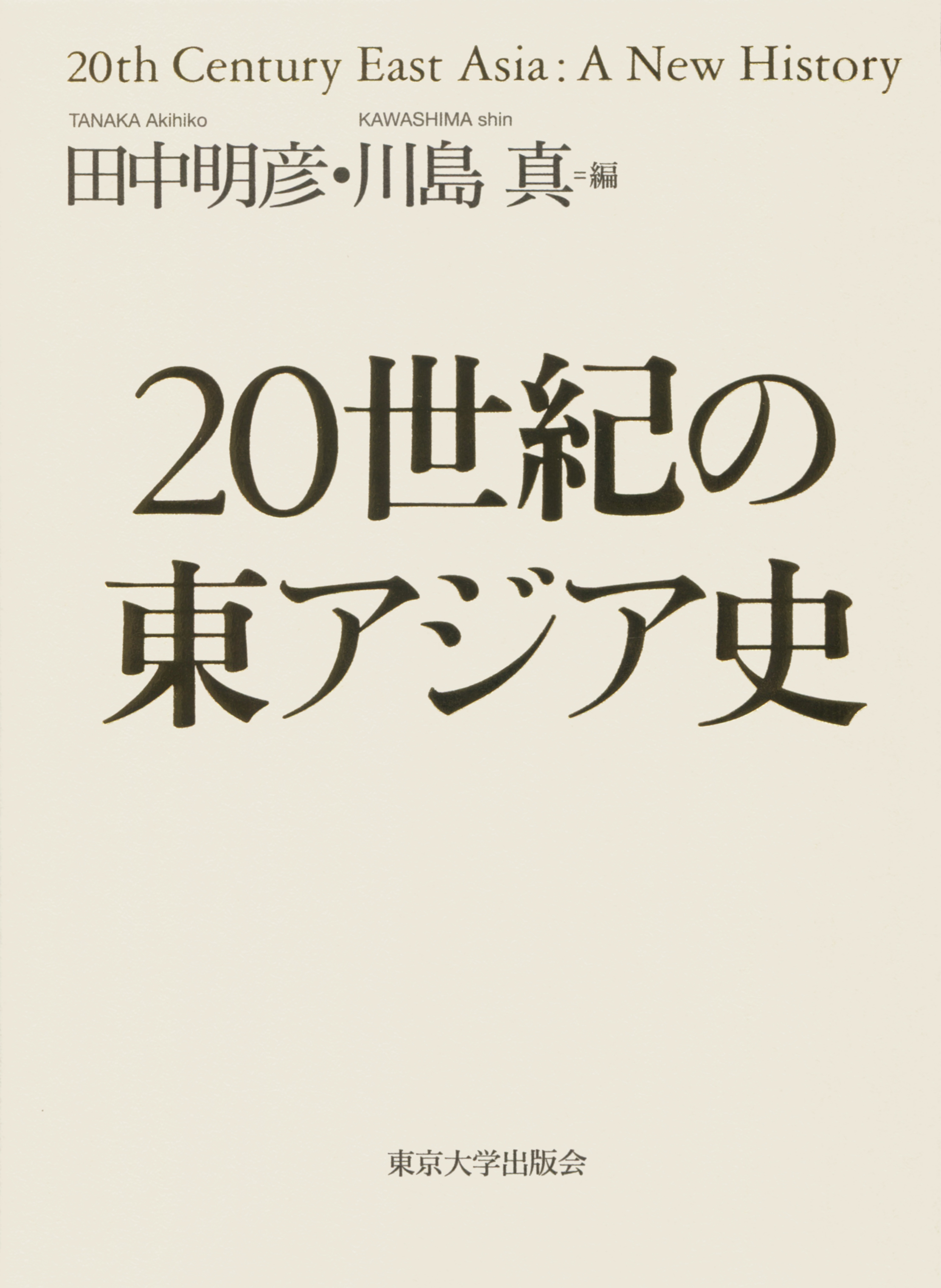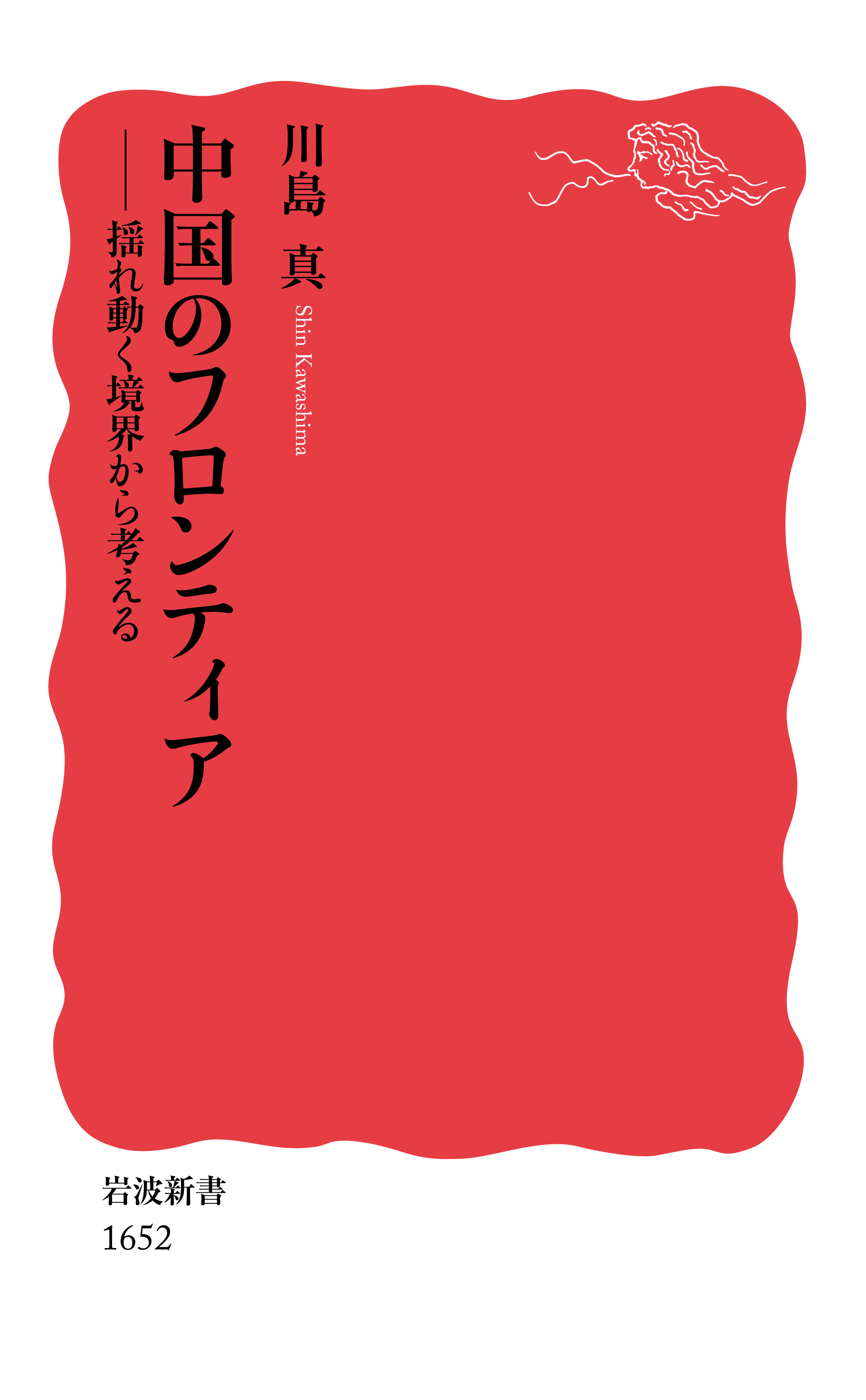
Title
Iwanami Shinsho Chugoku no Frontiers (China’s Frontiers: Considered from Fluctuating Borders)
Size
240 pages, paperback pocket edition
Language
Japanese
Released
March 22, 2017
ISBN
9784004316527
Published by
Iwanami Shoten.
Book Info
See Book Availability at Library
Japanese Page
This book regards China as a sort of motile body and attempts to delineate the various “frontiers” in which this motile body manifests. When one considers it in terms of the movement of people, migration first comes to mind. The book opens with the story of Baoding Village, said to be a village of Chinese immigrants in Africa, and while it was in fact a fictional story intended to encourage people to emigrate from China to Africa, it is shown that it seemed plausible and gained currency because there actually exist many similar examples. With regard to the distribution of goods, China-ASEAN expositions held on the borders of China and ASEAN countries and the situation on the China-Myanmar border are described.
But China’s outward expansion has also created many problems. The magazine Feizhou (Africa) is a guidebook meant to show what the Chinese government regards as the right way to engage with Africa, but conversely it reflects the types of problems that are occurring. In addition, questions concerning the African village that has sprung up in Guangdong show that while China is proactive about going overseas, it is still unprepared when it comes to assimilating a diversity of people within China. This would suggest that China differs from the United States and former colonial empires.
These accounts sound an alarm bell to commentary in Euro-American and Japanese media that simply criticizes China’s global expansion, but at the same time they also point out that there are problems with Chinese propaganda. This book takes the stance of gaining a grasp of the situation by standing on China’s frontiers. In the case of Malawi, I attempt to show from the vantage point of Malawi why it chose the People’s Republic of China rather than the Republic of China (Taiwan). While taking the perspective of China as a motile body, I evaluate it from the position of local communities. Of course, it goes without saying that there are limits to the facts and observations that can be gained from short-term investigations.
One place that I have been investigating for a comparatively long time is Quemoy (Kinmen/Jinmen) Island. The position of this island in this book is that of the border between two Chinas, or between China and Taiwan, that is, a frontier of the Chinese world. Quemoy quite literally became a frontier after the Battle of Guningtou in 1949, as a result of which its former history as a hometown of overseas Chinese was greatly altered, and it became a frontline in the Cold War between mainland China and Taiwan or in East Asia. Once the Republic of China abandoned its “mainland counteroffensive” in the 1990s, Quemoy became a frontline in cross-Straits exchange in the twenty-first century, and today it has become an extremely important place regarding the question of “unification.” This frontier is a border that may fall on either the inside or the outside of the motile body of China. Discourse concerning Quemoy has been marginalized not only in overseas media but also in discourse emanating from the capital cities of Beijing and Taipei. In this book, I attempt to survey China’s frontiers while starting to write a history of this island from the local context.
(Written by KAWASHIMA Shin, Professor, Graduate School of Arts and Sciences / 2018)



 Find a book
Find a book


 eBook
eBook